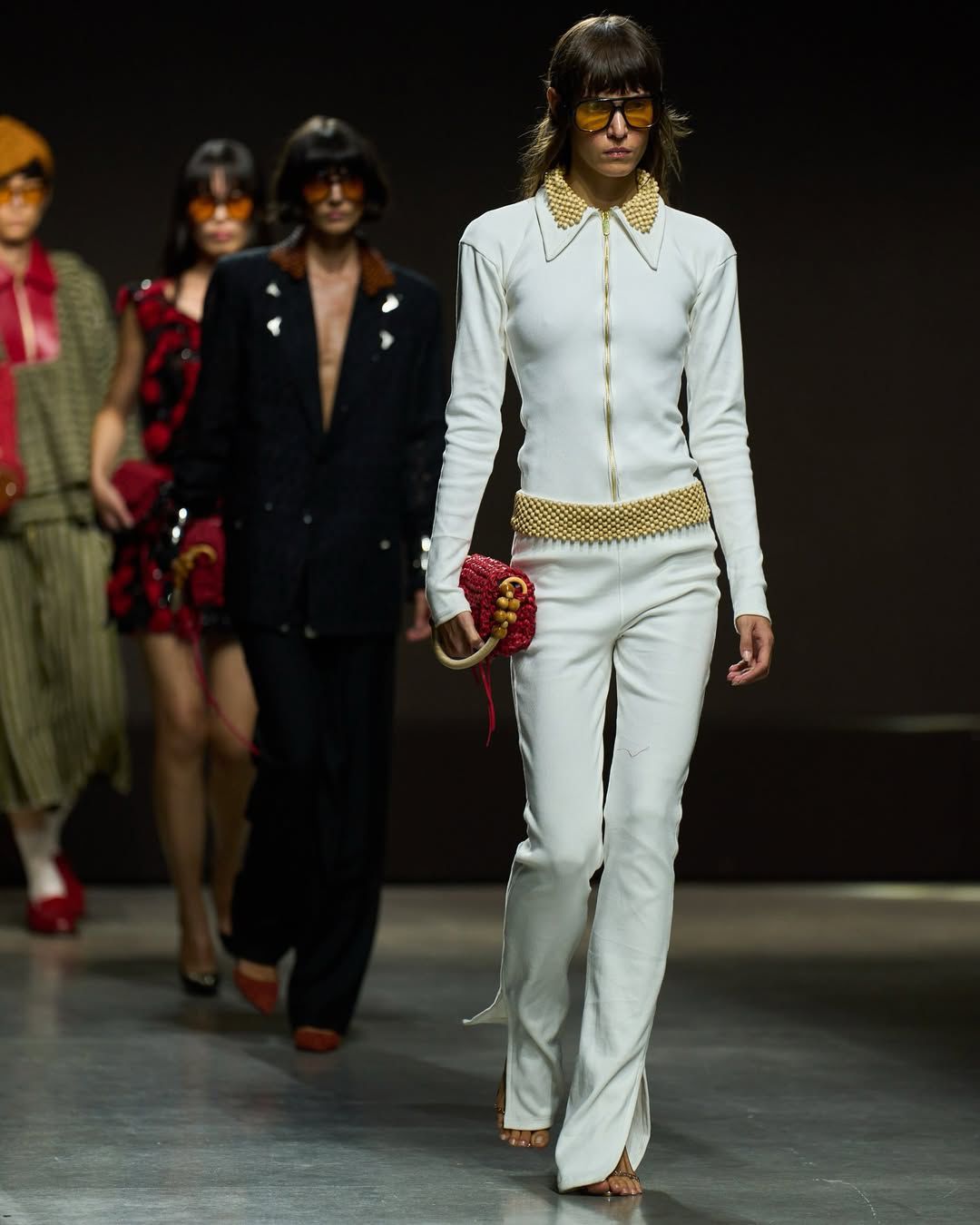
Milan Fashion Week SS26 Served Wearability, Whimsy, and a Few Wild Cards
- Nada Armanious
- Fashion
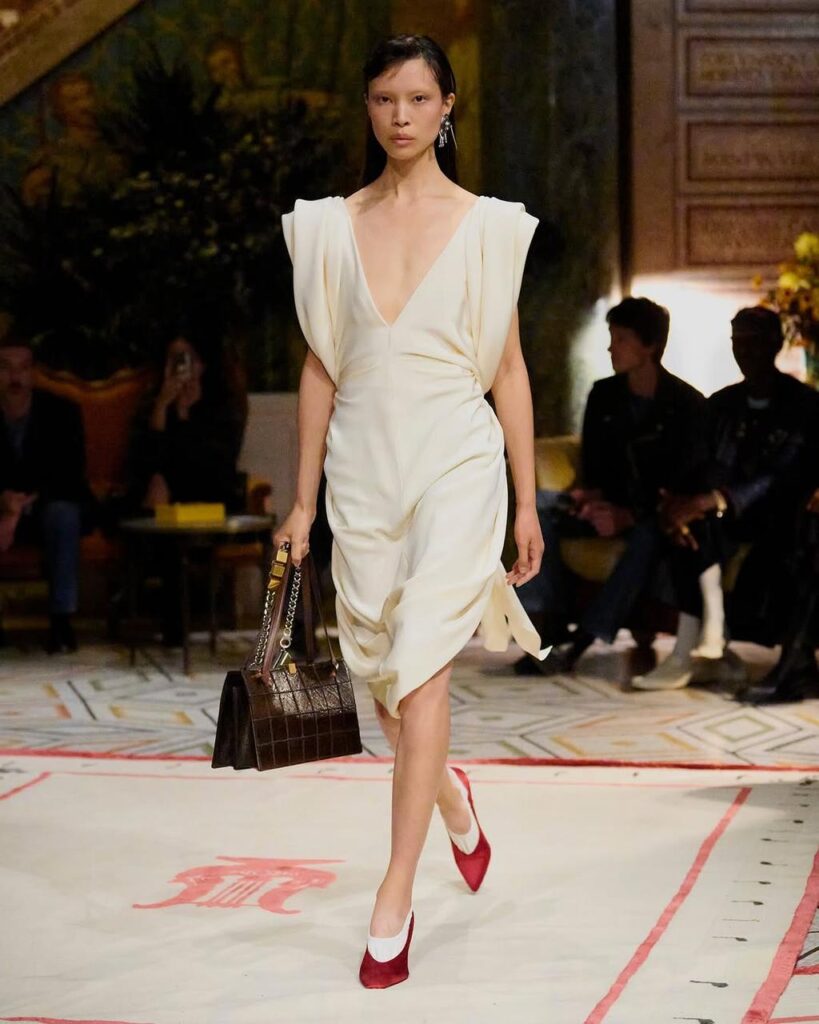
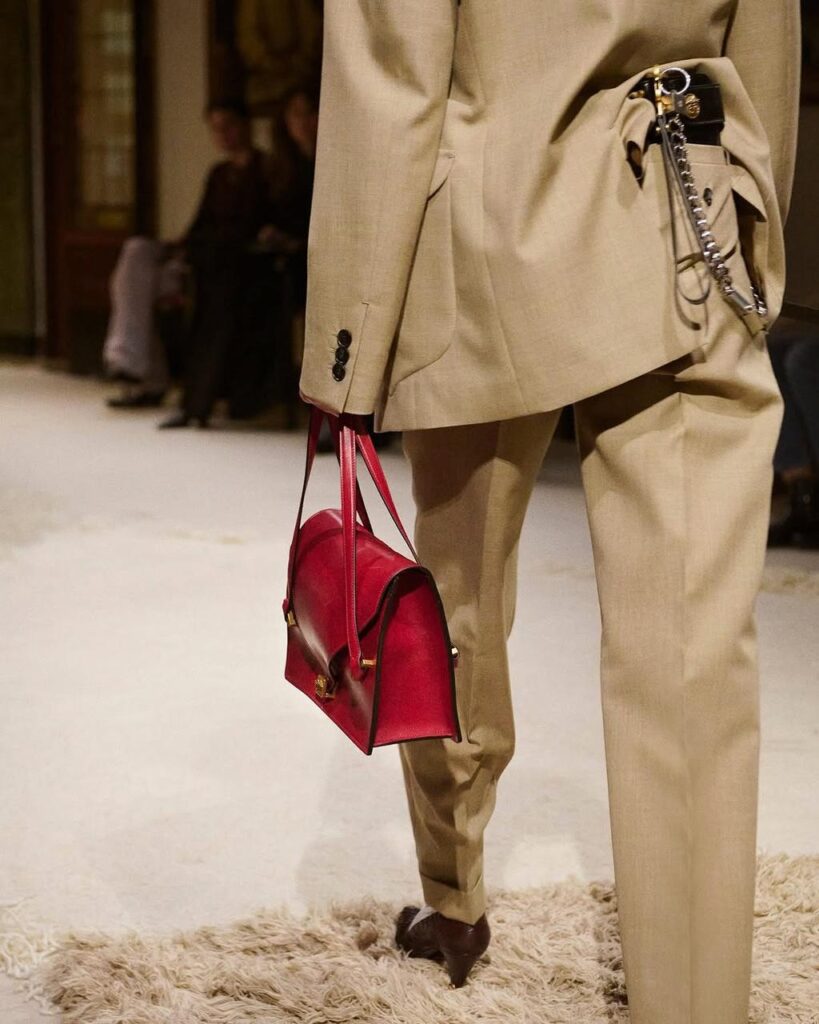
First up, Versace. Easily one of the most talked-about shows of the week. New Creative Director Dario Vitale made his much-anticipated debut, while Donatella Versace was notably absent for the first time ever, cue whispers about symbolism. Inside the Pinacoteca Ambrosiana, transformed into an intimate, residence-style setting, Vitale served undone sensuality with tight denim, revealing dresses, backless cuts, and vests, all tinged with Gianni’s archival spirit. And of course, the Medusa motif, embossed leathers, and those unmistakable Versace flourishes were all there.
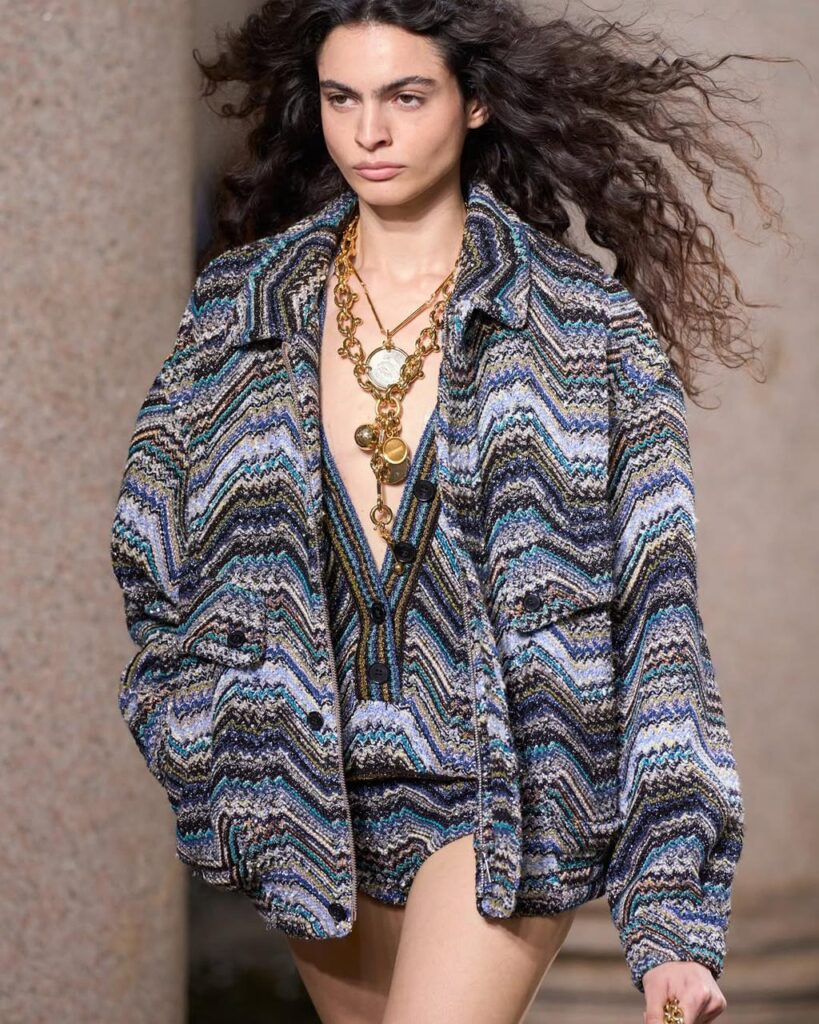
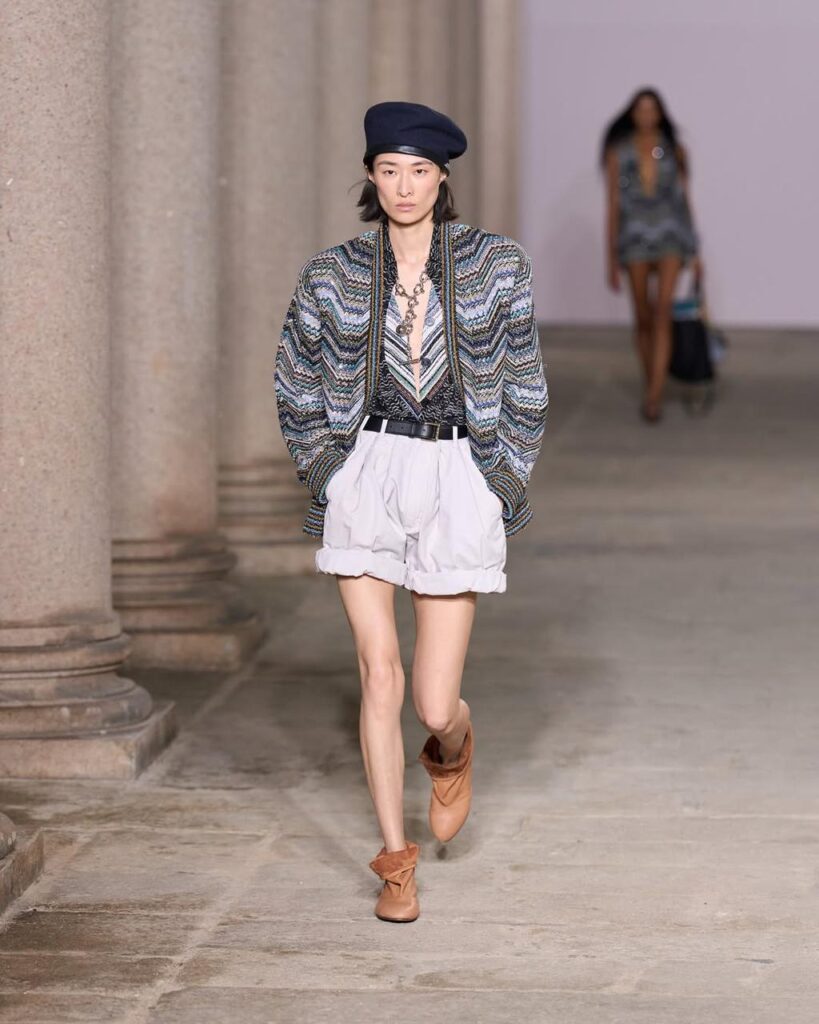
Missoni, under Alberto Caliri, took the theme “From Desk to Deck Chair” to the next level, serving a wardrobe that slides effortlessly from city streets to seaside lounging. Guests walked in to find a cheeky surprise: beach towels draped over every seat, setting the mood for spontaneity. On the runway, minis, rolled-hem shorts, and bikini bottoms mingled with blazers, sweaters, and vests for that perfect desk-to-deck balance. And of course, it wouldn’t be Missoni without its signature knit textures, zigzags, and chevrons, this time dialed up with sequins and metallic shimmer.
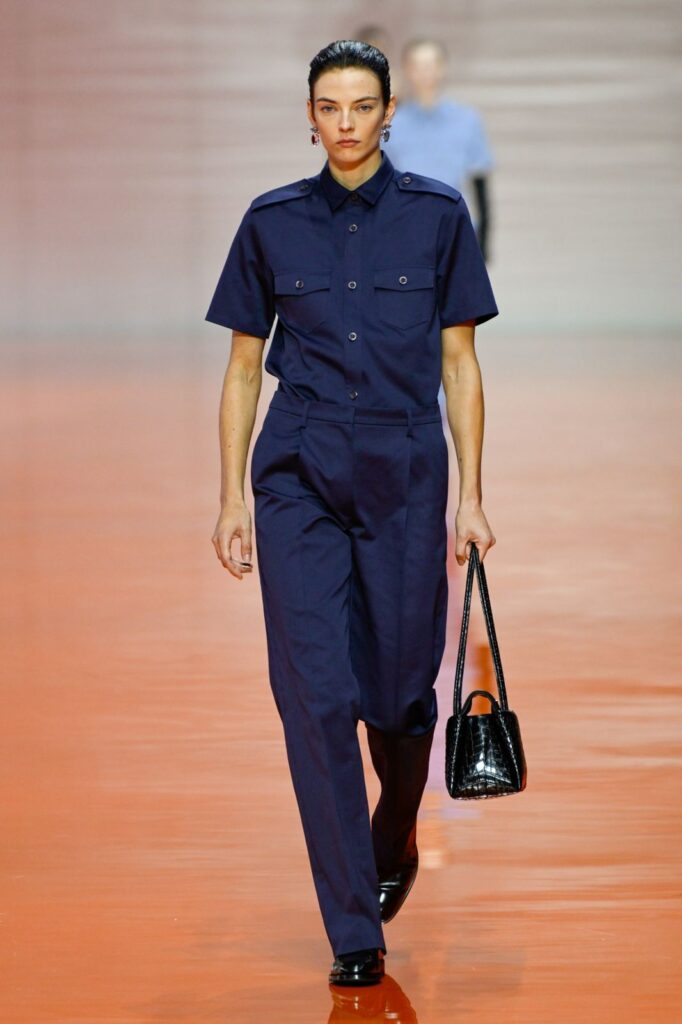
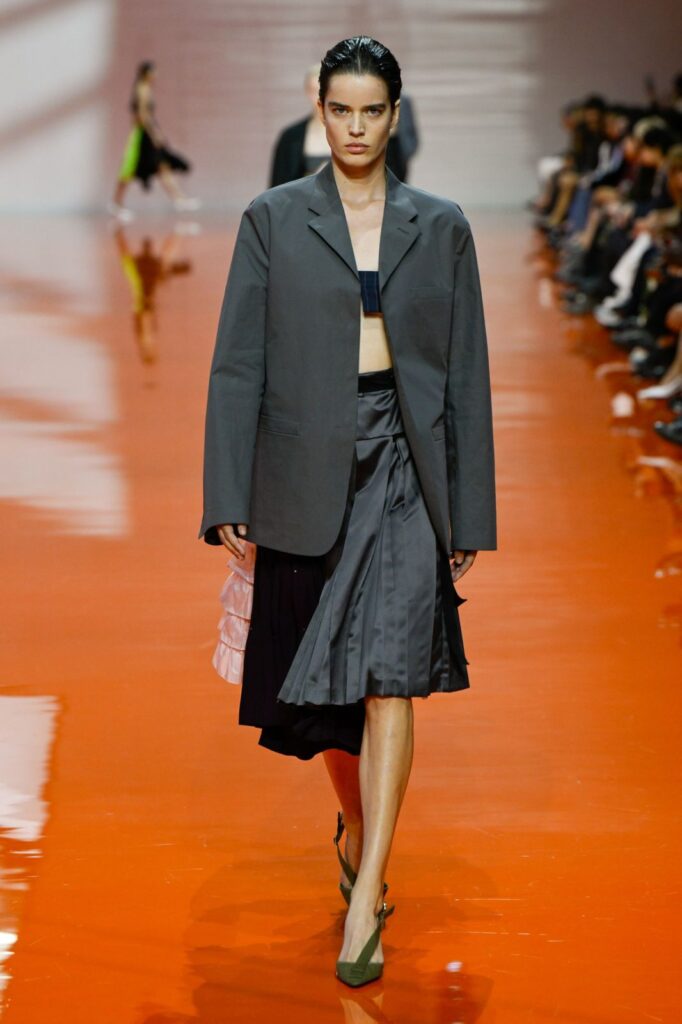
Then came Prada, where Miuccia Prada and Raf Simons staged their SS26 show in a striking orange-floored warehouse on Milan’s edge. Titled “Body of Composition”, the collection was all about utility and adaptability, everyday pieces elevated with structure and polish. Imagine statement midi skirts and utility shirts colliding with bold colors, taffeta accents, and structured accessories. It was a perfect balance of high-fashion gestures and real-world wearability.
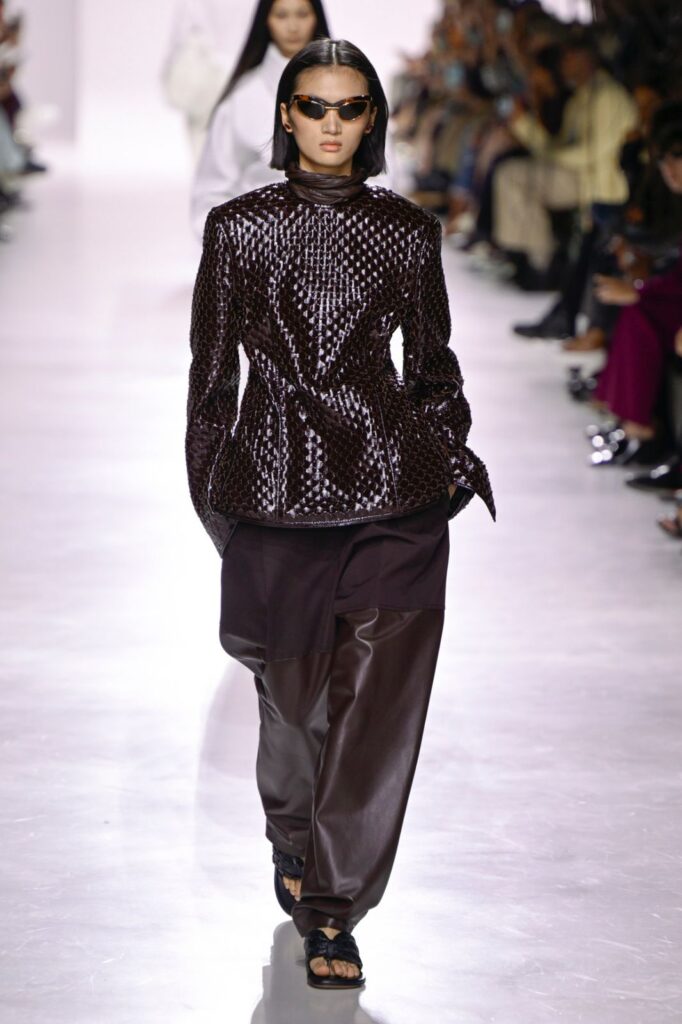
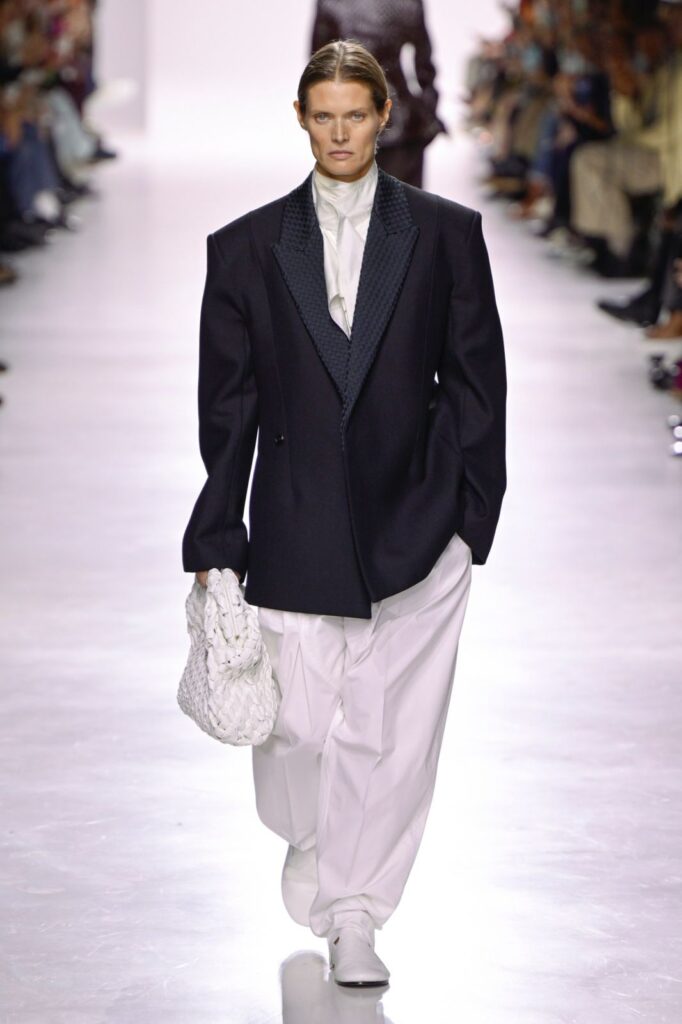
Tis the season for debuts indeed. Louise Trotter stepped in at Bottega Veneta, opening a new chapter with a celebration of craftsmanship. The house’s iconic Intrecciato leather weaving returned in clever new ways, paired with soft tailoring, playful fringe, and graceful silhouettes. Trotter also tipped her hat to Bottega’s past, experimenting with materials like recycled fiberglass, leather, PVC, and shearling. Beloved signature bags, the Lauren and the Cabat, were reimagined with her fresh perspective.
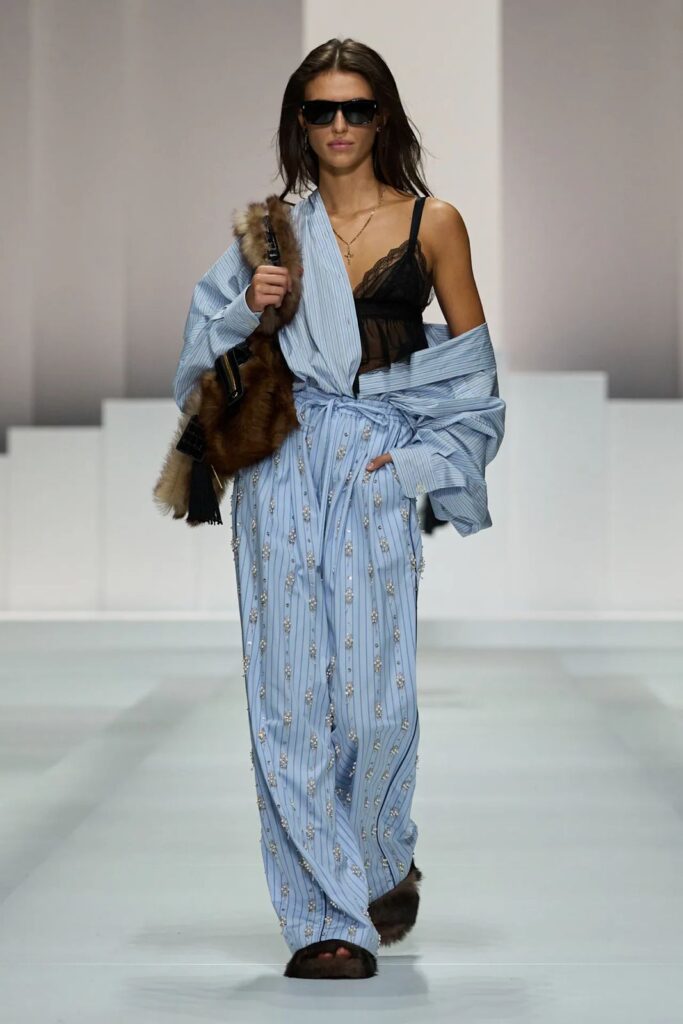
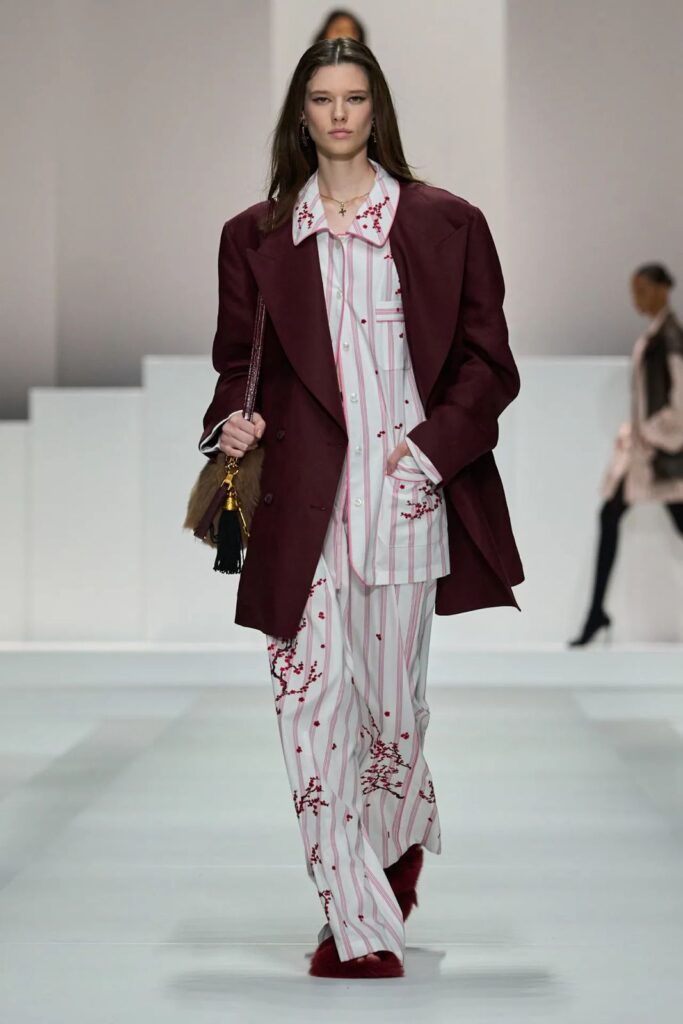
Dolce & Gabbana went all in on a “PJ Obsession,” turning pajama and loungewear aesthetics into couture moments. Comfort met glamour with cotton sets by day and sheer, seductive pieces by night. And of course, signature Dolce codes were out in force: lace, bustiers, florals, faux fur, crystals, and plenty of sparkle. The scene-stealer? Meryl Streep and Stanley Tucci popping up in character as Miranda Priestly and Nigel from The Devil Wears Prada. Talk about a buzzy moment.
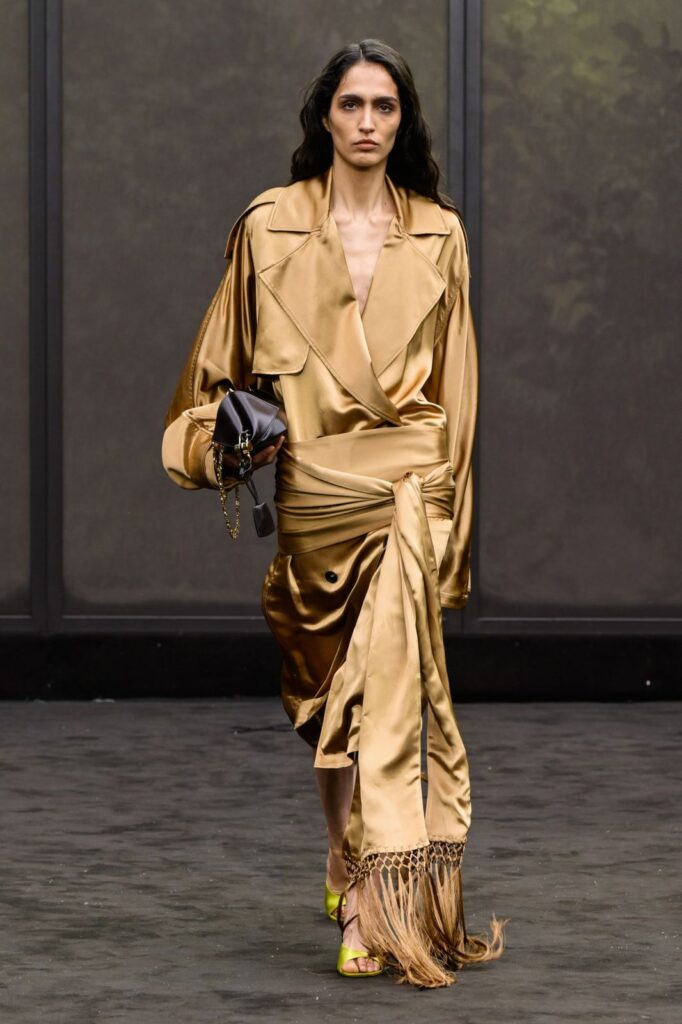
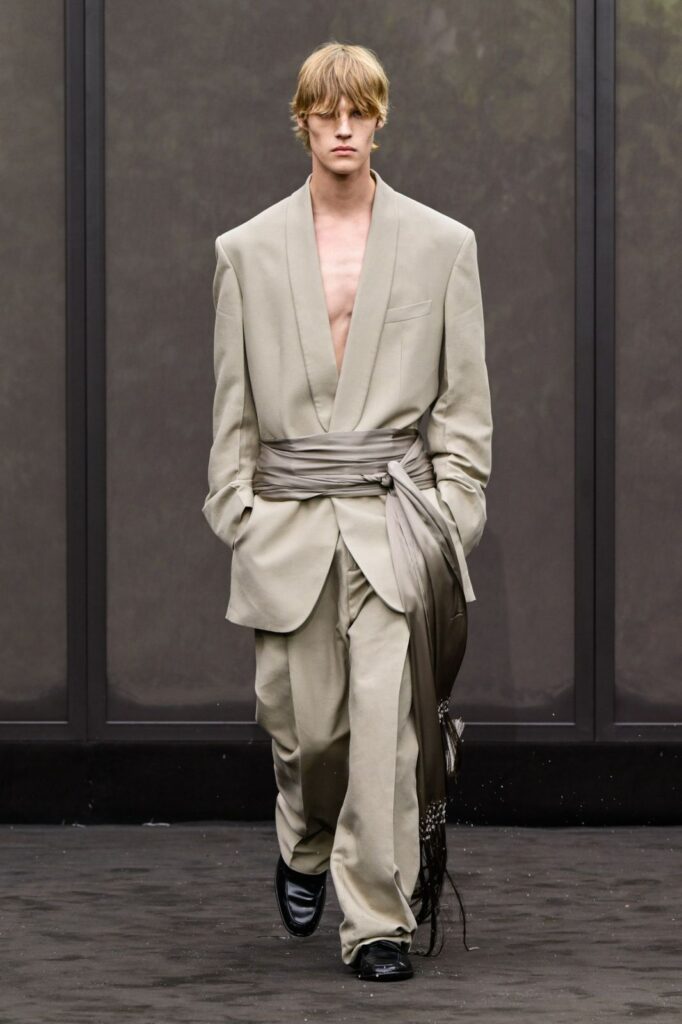
At Ferragamo, Maximilian Davis staged a play of conceal and reveal. Oversized wool coats contrasted with sheer embroidered dresses, creating a dialogue between modesty and exposure. The collection nodded to classic eras while giving them a crisp, contemporary spin.
Now, Moschino, what a presence! Under Adrian Appiolaza, the house delivered irony and activism in equal measure. Inspired by Arte Povera, the collection turned everyday objects into fashion statements: potato sacks, ropes, cardboard textures, recycled plastics, raffia, and collage techniques. Accessories resembled crates, pots, even buckets. The finale was a powerful one: Appiolaza himself in an oversized tee printed with a sorrowful child and the word “Stop”, a direct call to recognize children suffering in war zones.
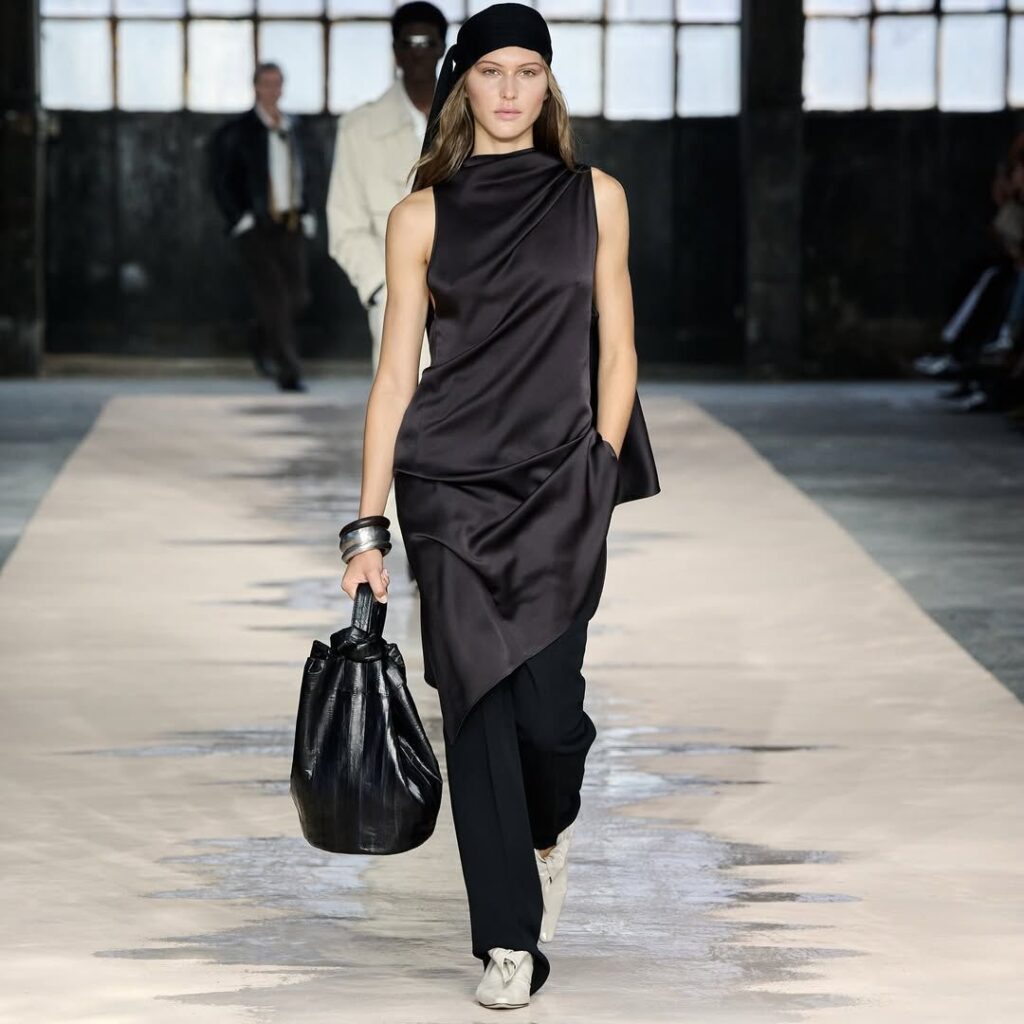
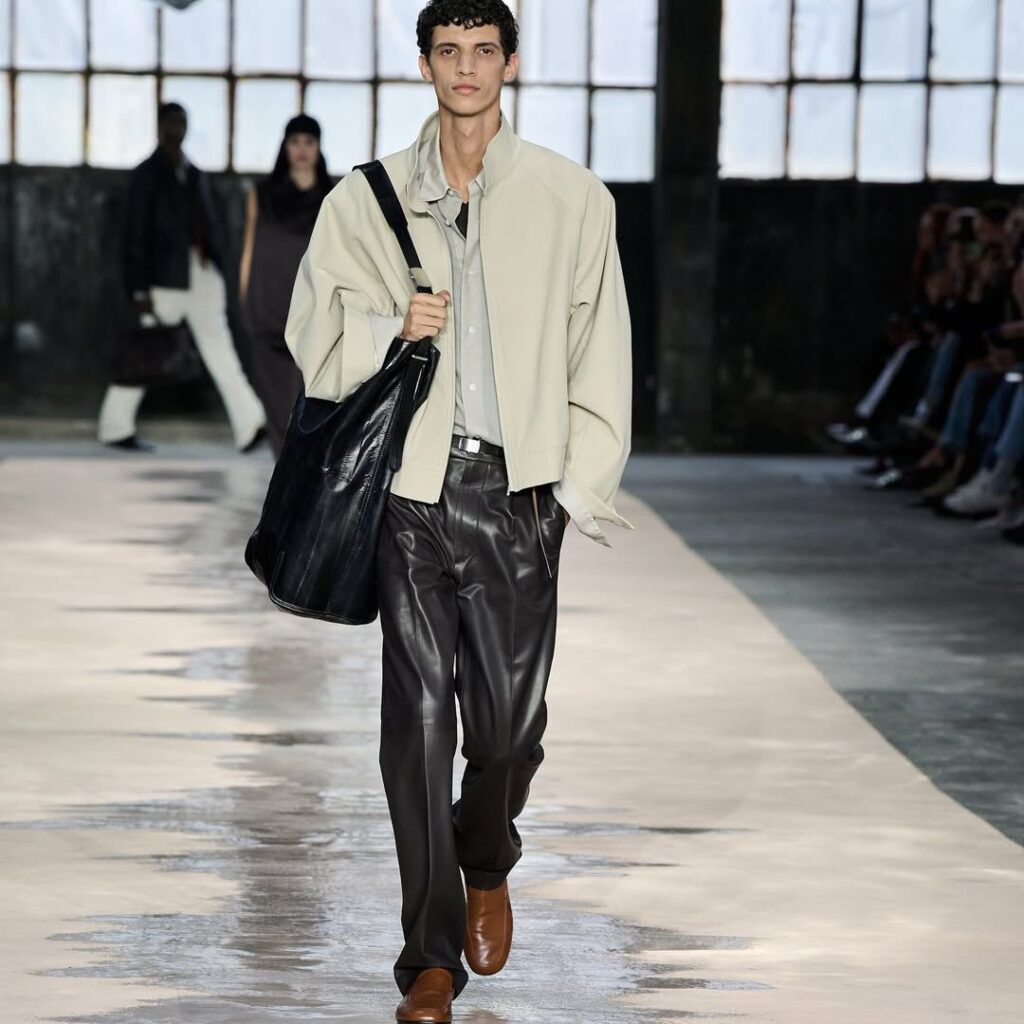
Finally, Boss wrapped things up with “The BOSS Paradox.” The concept revolved around contrast and cohesion, blending tailoring with sportswear, clean simplicity with daring design choices. The show starred Ashley Graham, Paloma Elsesser, and none other than K-pop star S.COUPS, who closed the runway in a dramatic leather coat, cementing Boss’s global pop-culture relevance.
